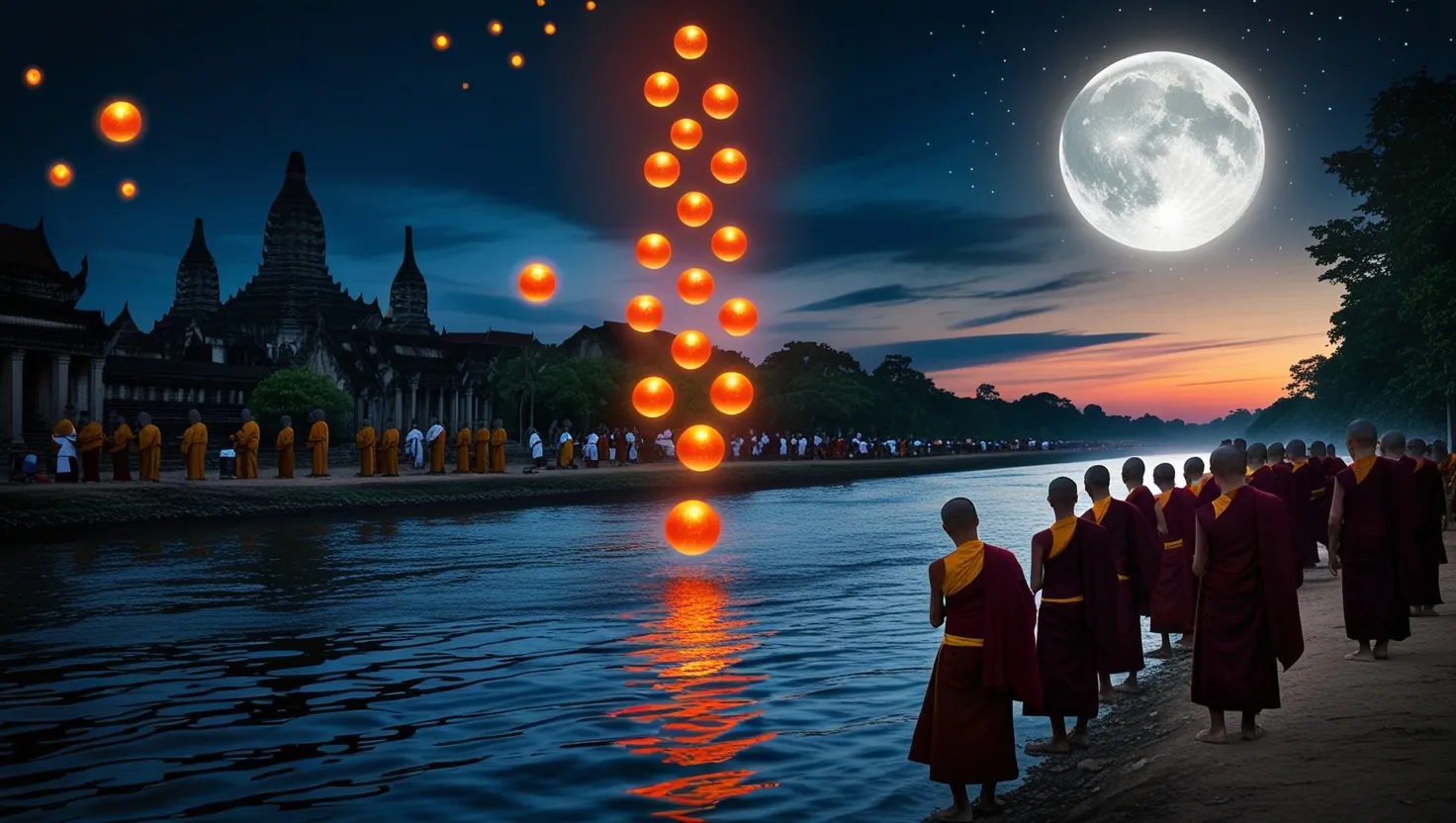Getting to space is no joke. Picture climbing a mountain on a unicycle with a backpack full of dynamite. That’s the kind of challenge we’re talking about. Rockets need to hit a speed of about 40,000 km/h to break free from Earth’s gravitational grip. That means they’re mainly giant fuel tanks with a little space for passengers or cargo at the top.
This setup isn’t great for long-term space travel. To visit other planets, we need lots of heavy gear for survival, and maybe even a return trip. So how do we get to space with less fuel and carry more stuff? The answer lies in infrastructure—just like roads, ports, and railways on Earth.
Enter space infrastructure. Think of it like pathways in space that make getting to orbit, the Moon, Mars, and beyond easier and cheaper. One exciting idea that could revolutionize space travel is called the Skyhook. Imagine a long cable with a weight at the end, dangling in space. It works like a swing—rotate it, and you can sling objects into space with minimal effort.
Thanks to specialized materials, we can build these tethers to withstand extreme conditions. We can also design them to avoid damage from space debris. The Skyhook can repeatedly pass over the same spot several times a day, making it possible for small, reusable shuttles to latch onto it.
Sure, there are challenges. For one, the tether’s tip will speed through the atmosphere at around 12,000 km/h, so it can’t dip too low or it’ll burn up from air friction. We’ll need special spacecraft to reach the tether, but even that’s cheaper than rocketing up to 40,000 km/h the usual way.
Connecting to a fast-moving tether might sound tricky, but adding a long fishing line with a navigation drone can help spacecraft find their mark. Plus, we need to keep the Skyhook in orbit. Each time a ship latches on, it drains some momentum from the system. However, we can balance this by managing incoming and outgoing payloads, or using small engines for regular adjustments.
Imagine tethers around both Earth and Mars. This setup could cut travel time between the planets from nine months to as little as three, while drastically reducing the size and fuel needs of rockets. People might even enjoy a comfortable ride—first-class seats to Mars, anyone?
But why stop there? With a tether on Mars, we can launch missions to the asteroid belt. Future space travelers might even find tethers waiting for them at their destinations, providing an easy ride back home. Accessing the resources of asteroids would be game-changing, bringing precious metals and minerals to Mars just weeks after they’re mined.
Mars’ moons offer another opportunity. Phobos, for instance, could anchor even longer tethers. These “super-tethers” could reach all the way to the outer planets and back, making places like Jupiter and Saturn much more accessible.
In the future, we could see a zero-propellent transport network across the solar system, centered on Mars. Tethers, affordable and efficient, could make space travel as routine as a trip across town. And the best part? We already have the technology to start building them today. The solar system might be vast, but with tethers, it could feel a whole lot closer.






